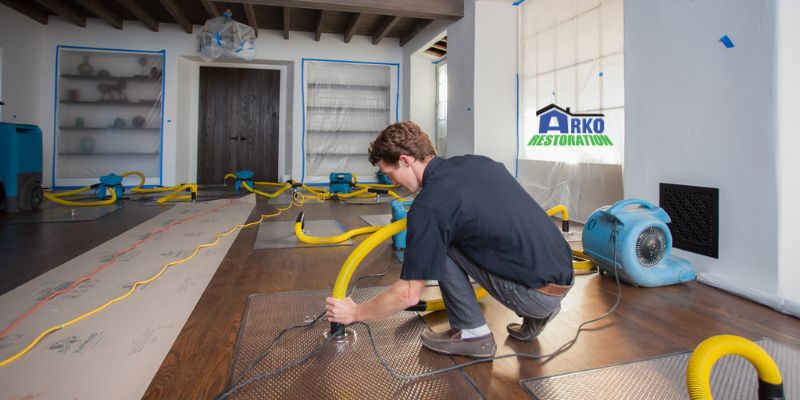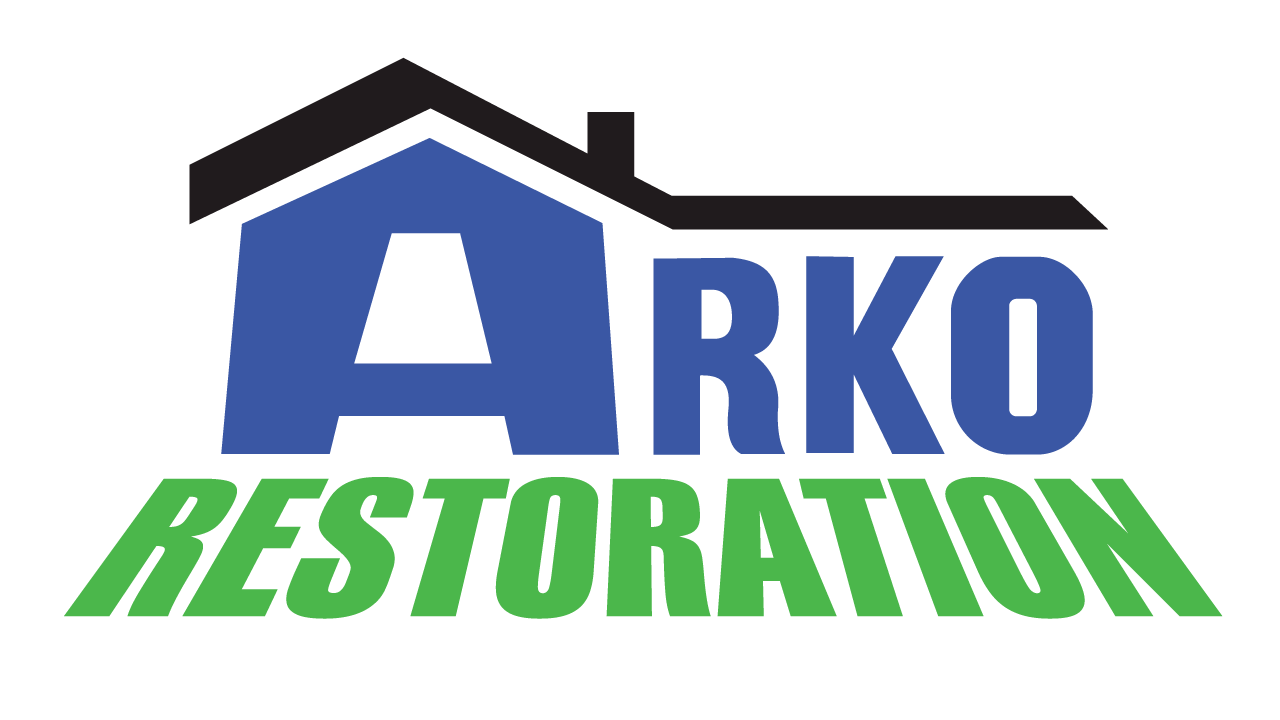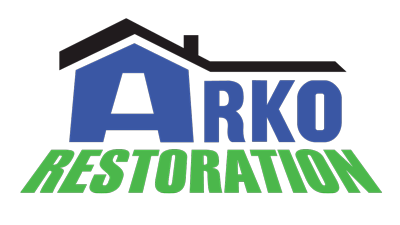Despite the many benefits of water, it can cause devastating damage to properties in unfortunate circumstances. In the event of water damage, restoration should follow immediately to prevent further damage from happening. For large-scale damages, it is crucial to avoid the DIY approach and instead use advanced techniques and best practices.
Advanced Techniques & Best Practices For Water Damage Restoration

Water damage should be addressed immediately to mitigate its effect. There are different approaches to this problem and the following techniques and practices will ensure that the restoration process is effective…
1. Contact A Professional
Water damage can be complicated at times. It often happens that you suffer both physical and emotional damage after a fire. This results in not being in the right state of mind to make the right decision. For this reason, you should contact a professional water restoration contractor for help.
Water damage restoration professionals are trained experts who are experienced in the restoration process. A reputable company should have been in business for many years and this means that they have been working on similar issues using the right tools and equipment. When you contact a contractor, they will start the process by assessing the extent of the damage.
From the assessment, recommendations can be made before the restoration process begins. This assessment often includes documentation of the damaged properties in case you need to file a claim with your insurance company. Also, you may have to temporarily move away from that space so that the repair work can begin. All these things depend on the assessment done.
2. Water Extraction

After the extent of damage is assessed by a professional contractor, work can begin with the removal of excess water. Using advanced techniques, there are different ways of removing excess water including evaporation, dehumidification and physical extraction. Water removal is very efficient, even more so than using air movers or dehumidifiers. Your structure will dry faster if you can remove a good amount of water quickly.
The extraction of water and dry time will be affected by the density of materials affected by the water damage. Once you can get rid of excess water, you can then use high-velocity air movers to evaporate the remaining moisture. You will be drying the materials that have heavily absorbed moisture and water by using this advanced technique. You may not be able to do this yourself which is why it is recommended that you contact a professional water damage restoration contractor for help. They have the necessary tools, including dehumidifiers that can be used to absorb water from the air. Dehumidifiers are essential because the moisture-absorbent materials in the room can absorb more moisture, leading to potential damage. Dehumidifiers will prevent this.
3. Structural Drying
For a thorough and successful water restoration process, it is required that you proceed with structural drying after water extraction. This technique involves several processes to help mitigate extensive damage caused by water. The main issue to resolve includes moisture trapped within building materials and structures.
Just like water extraction, structural drying also involves the use of specialized equipment to effectively complete the restoration process. Examples of the tools used for this may include industrial dehumidifiers, high-capacity air movers and precise moisture detection instruments. The use of this equipment will ensure the restoration process is completed quickly and on time.
Furthermore, the rapid drying techniques used in structural drying are essential for minimizing secondary damage and preventing issues like mold growth and structural degradation. This approach is sure to offer an efficient and effective drying process.
4. Mold Prevention
When it comes to advanced water damage restoration techniques, mold prevention is critical. This practice is essential for the structural integrity of the property as well as protecting the health of its occupants. The process starts with early prevention that can be done by restoration professionals.
With the right equipment, professionals will ensure that all affected areas are dried to prevent the growth of mold. Furthermore, there is an antimicrobial treatment that inhibits the growth of mold. This involves the use of antimicrobial treatments on affected surfaces. These treatments act as a barrier, preventing spores from affecting the structure.
Additionally, mold prevention includes the thorough cleaning and sanitization of salvageable items, fixtures and building materials. There is also the need for an advanced mold prevention strategy including educating property owners on the importance of maintenance. Regular maintenance will ensure that you are aware of the state of your home’s structure so that you address any issue you notice quickly and on time.
5. Air Quality Control
Air quality control is another advanced technique that should be carried out during the water damage restoration process. Air quality control is crucial and it goes beyond addressing visible damage. It focuses on creating a safe and healthy indoor environment for occupants, by removing contaminants through the use of air scrubbers and HEPA filtration systems.
Maintaining proper humidity levels is vital for preventing mold growth and ensuring occupant comfort. Advanced techniques for this also include monitoring and adjusting humidity levels. This can be done using dehumidifiers and ventilation systems.
Note that advanced air quality control includes techniques for neutralizing or eliminating odors. This helps to create a more pleasant living or working environment. Additionally, ongoing monitoring ensures that air quality remains at acceptable levels, and makes sure that your property is restored to its pre-damage condition.
Summary:
To effectively mitigate damage, and ensure the safety of occupants, water damage restoration requires a mix of advanced techniques and best practices. This begins by consulting a professional in the field. With their help and use of the necessary equipment, you can minimize the impact of water damage and restore your property to its original condition.


